How UK water treatment has been transformed by research on ‘zeta potential’
- Cranfield research looked at the removal of contaminants from water sources used for drinking
- An online tool has enabled the water industry to rapidly identify the relationships between contaminant removal and residual charge, and the root causes of treatment issues in drinking water production
- Measures based on Cranfield research have led to improved drinking water quality, a much reduced need for chemicals, and estimated annual savings of £3.6 million across the sector

Drinking water treatment in the UK has been transformed by Cranfield research, resulting in improved drinking water quality, a much reduced need for chemicals, and estimated annual savings of £3.6 million across the sector.
The research has driven wholesale changes in the operation of coagulation and clarification processes which have been introduced by five of the biggest UK water companies since 2014, benefiting around 30% of the total UK water supply.
In North America, two of the largest water treatment works have also integrated the new approaches founded on this research.
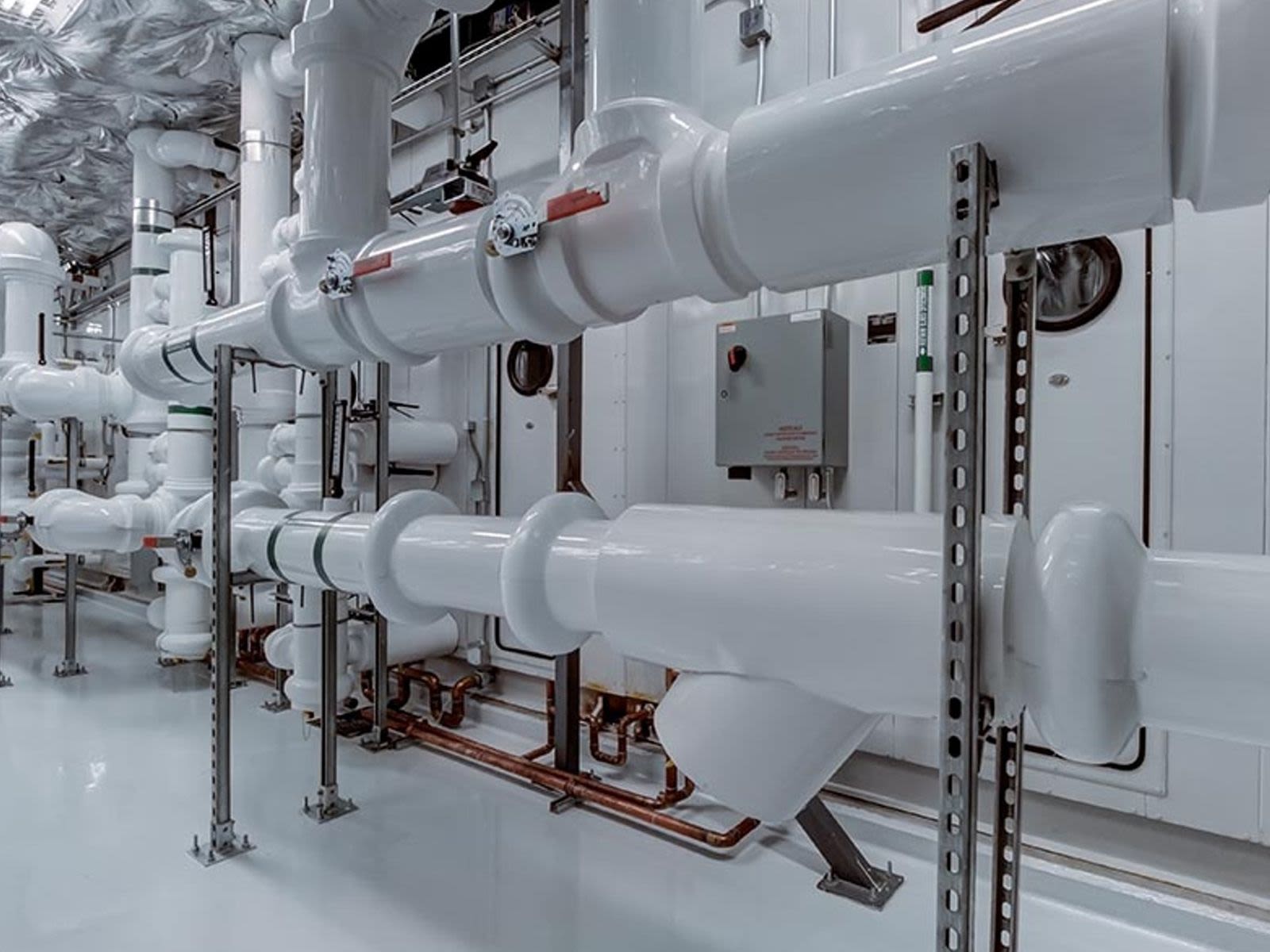
Introducing measures based on Cranfield research has led to improved drinking water quality, a much reduced need for chemicals, and estimated annual savings of £3.6 million across the sector.
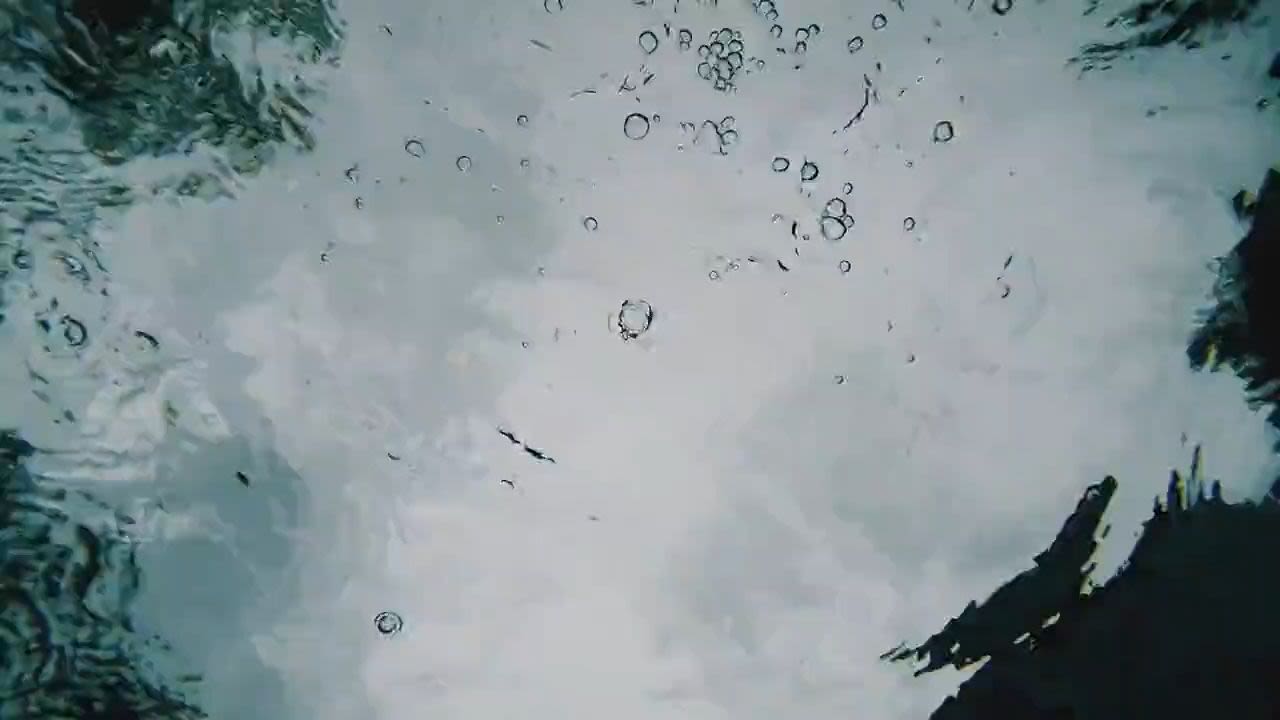
Exploiting zeta potential
The research work began with a need among five UK water companies (Severn Trent, Scottish Water, Thames Water, Yorkshire Water and United Utilities) to find better ways to treat water sources containing higher levels of natural organic matter.
Research looked at the charge-driven phenomena involved in the removal of contaminants from water sources used for drinking. Contaminants present in water — like natural organic matter, bacteria and viruses, and algae — carry a net negative charge. The level of this charge can be determined by measuring the zeta potential of particles and colloids present in the water.
For the first time, researchers identified the relationships between water characteristics (generated as a result of natural organic matter, algae and other contaminants) and changes in net surface charge after chemical coagulants had been added to the source water. This has resulted in the development of a way to optimise coagulation for different water types — depending on the level of organic and inorganic materials involved. In turn, this has enabled the industry to rapidly identify the relationships between contaminant removal and residual charge, and the root causes of treatment issues. The work has also led to the development of an online zeta potential tool, which has enabled the development of control systems applied at full-scale water treatment works.
Work looking at the surface charge on bubbles and how it can be manipulated has enabled the development of low-chemical treatment processes to address an industry-wide problem: the need to remove algae from source waters used for drinking water. Essentially, bubbles can be modified via the use of chemicals such as surfactants or polymers, allowing for algae to be captured directly in clarification processes.
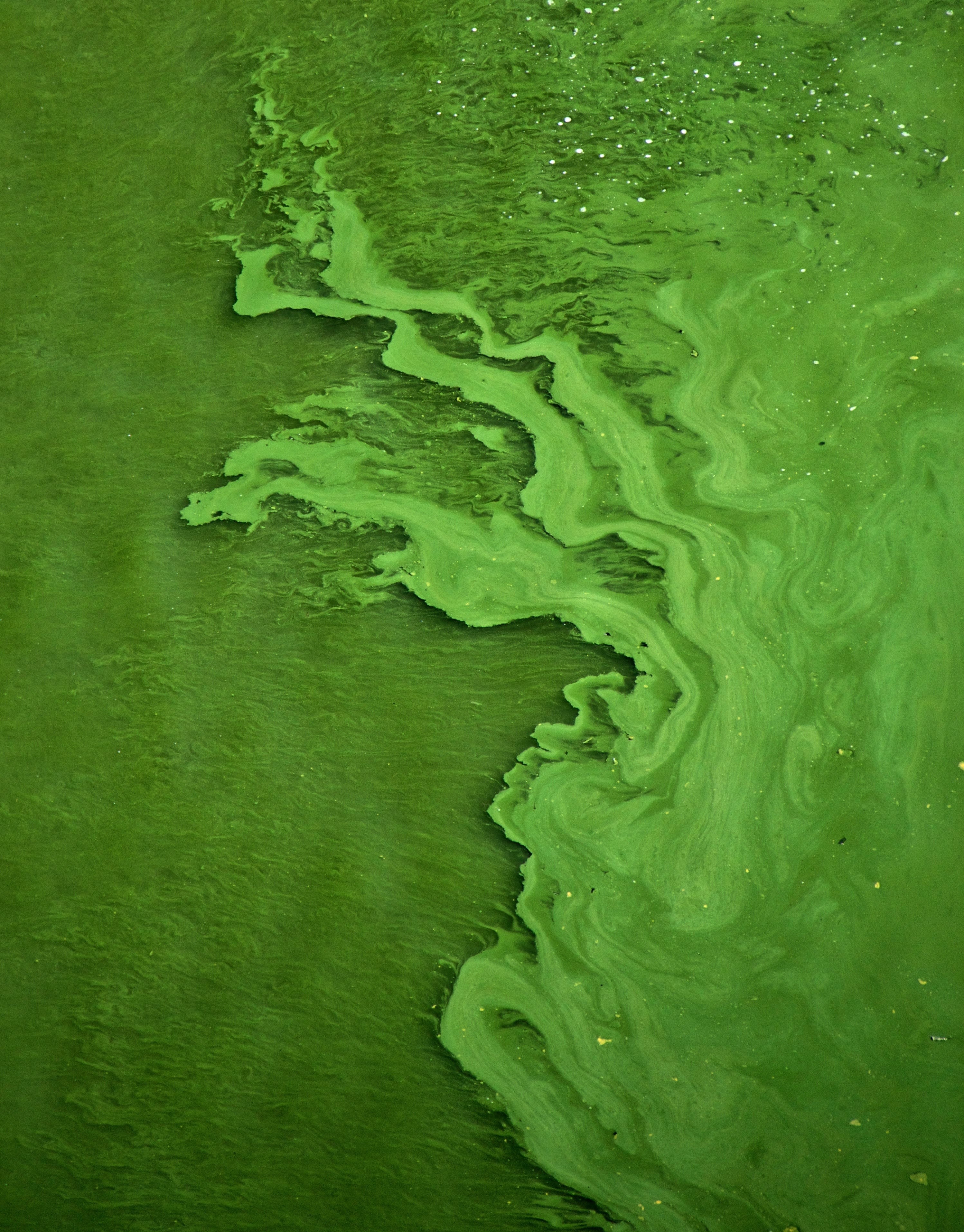
Photo by Mihály Köles on Unsplash
Photo by Mihály Köles on Unsplash
An online zeta potential tool has enabled the water industry to rapidly identify the relationships between contaminant removal and residual charge, and the root causes of treatment issues in drinking water production.
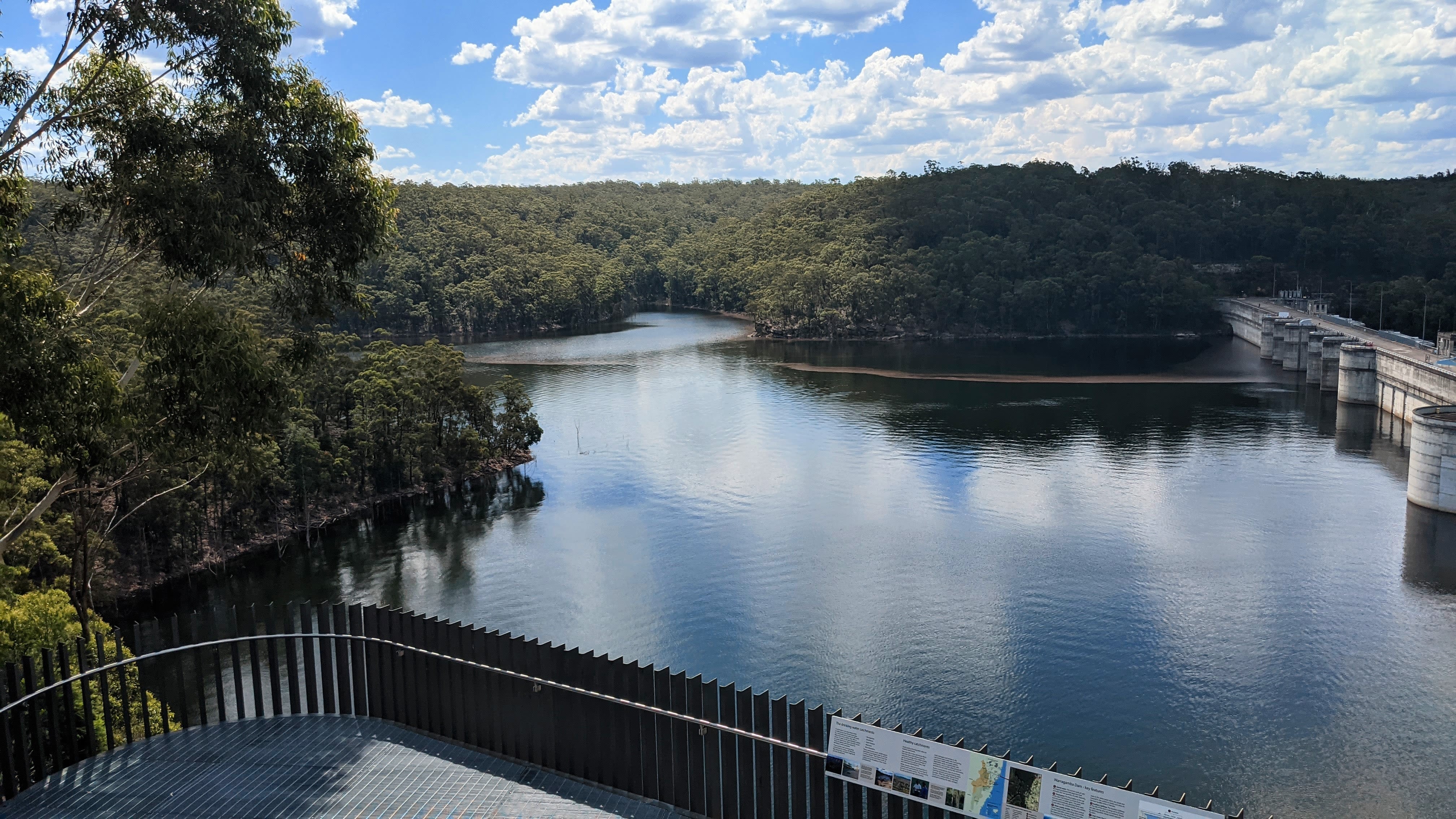
Raising standards worldwide
Across the world, the water industry is constantly adapting and improving to ensure it delivers a high quality and resilient drinking water supply. This is against a backdrop of climate change, changing regulation and a rapidly growing population.
Since 2015, Cranfield’s research has led to the new and widespread implementation of zeta potential monitoring (ZPM) into the routine operational practice of drinking water treatment optimisation and process diagnostics. It has led directly to:
• Improved operational practice and drinking water quality: for example, Scottish Water has used ZPM as a replacement for jar testing since 2018 at all of its coagulation water treatment works (around 120 sites that treat more than 80% of the drinking water for Scotland);
• Across the UK, ZPM has influenced treatment of more than 6,700 million litres of water per day across five water utilities, approximately 30% of the total water volume supplied in England, Wales, and Scotland. In the USA, two large water treatment works in the Philadelphia metropolitan area have been using ZPM to treat up to 1,855 million litres per day;
• Increased resilience and robustness of the coagulation process, leading to the avoidance of water quality failures. Applying ZPM has enabled systems to run at full treatment capacity, even during extreme weather events. Since 2016, it has enabled the coagulant dosing to be manipulated such that the system is always within the appropriate charge neutralisation zone. For one water company, this helped ensure that they didn’t need to impose a hosepipe ban across its region;
• Reductions in chemical application and waste disposal costs: at Severn Trent, on-line ZPM resulted in substantial reduction in coagulant use; a 20 to 30% annual saving in coagulant costs, and a 10% reduction in sludge production and associated treatment and disposal costs; South West Water have saved significant operational costs from using on-line ZPM, reducing chemical coagulant doses by 30%;
• Development of an online instrument for process control based on Cranfield’s underpinning science. This has been applied across a range of water treatment works, including a site treating 40 million litres of water a day. Many more water companies have now installed on-line ZP instruments for enhanced monitoring and development of automated feedback process control systems for coagulation.

Across the UK, zeta potential monitoring has influenced treatment of more than 6,700 million litres of water per day across five water utilities, approximately 30% of the total water volume supplied in England, Wales, and Scotland.

Water
The Water theme at Cranfield University is home to the internationally recognised centre of excellence Cranfield Water Science Institute. The centre offers postgraduate taught and research degrees as well as short courses on campus or in-company. If you have ambitions, research needs, or training requirements in the areas of water we’d be delighted to hear from you.
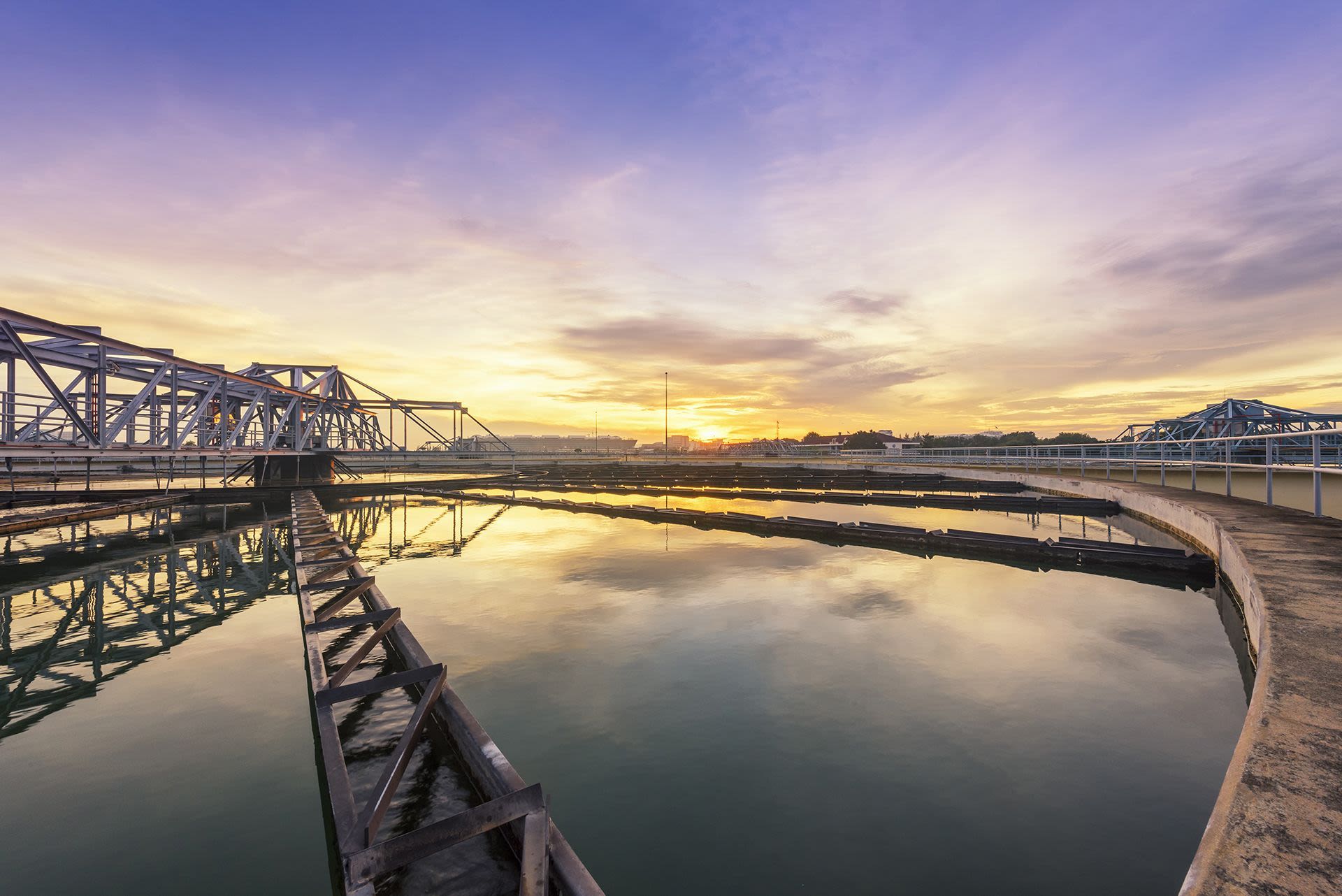
Cookies & Privacy
We use cookies when you visit this website to analyse the web traffic, to optimise the performance and content of the website and to promote trust and security. Cookies are small text files that are stored by your Internet browser on your computer. These cookies do not include any personal information, they are only used for the duration of your web session to improve your experience. Please visit our Privacy policy (link below) for data processing details.
